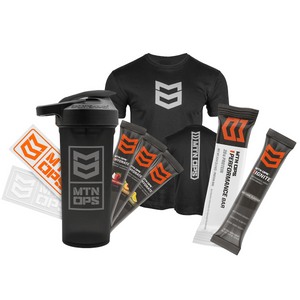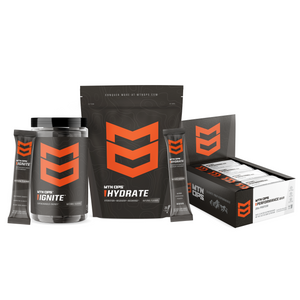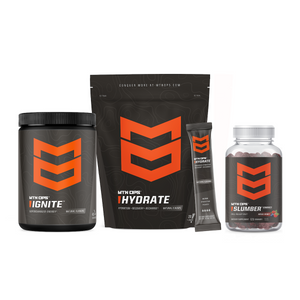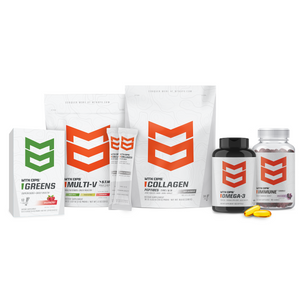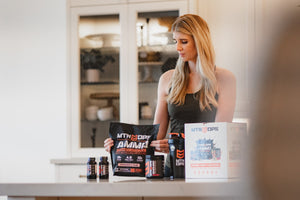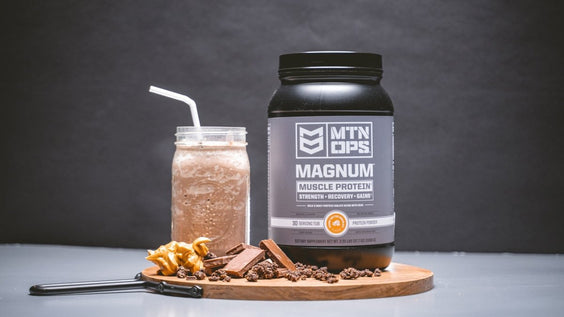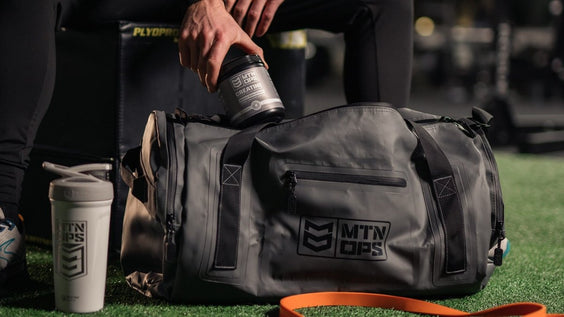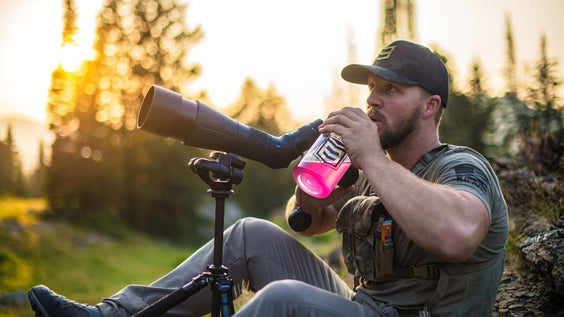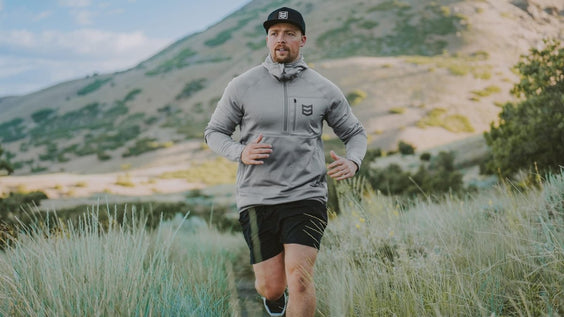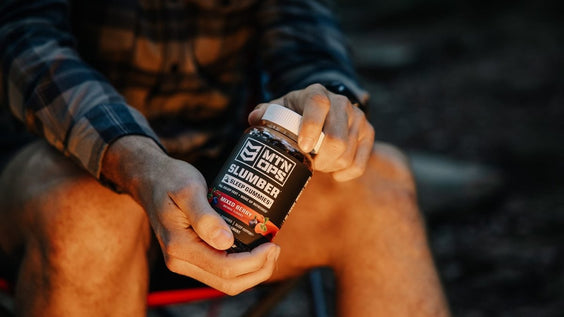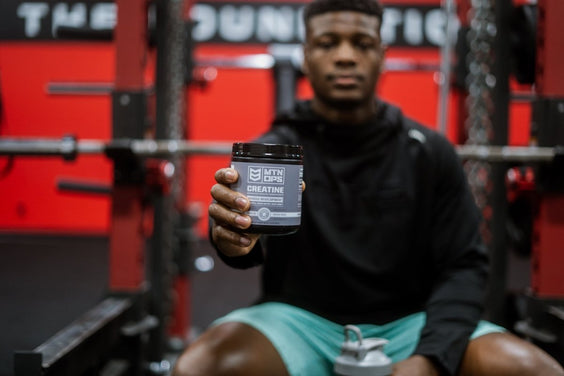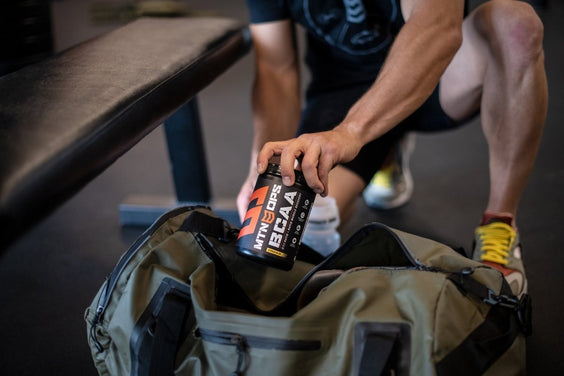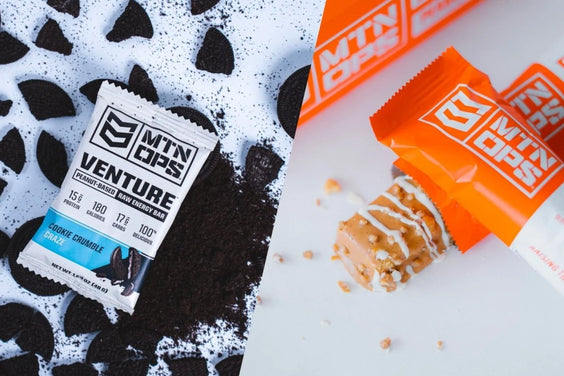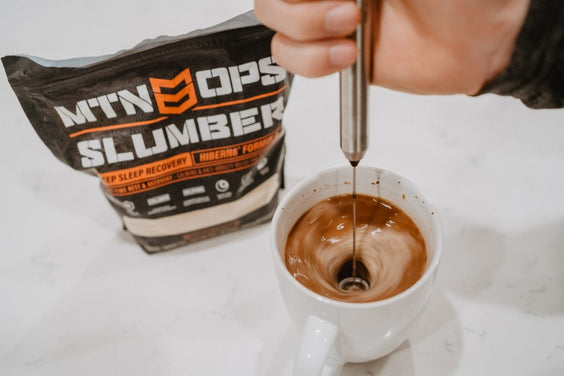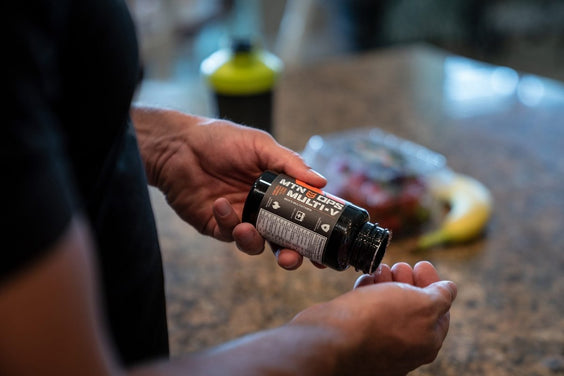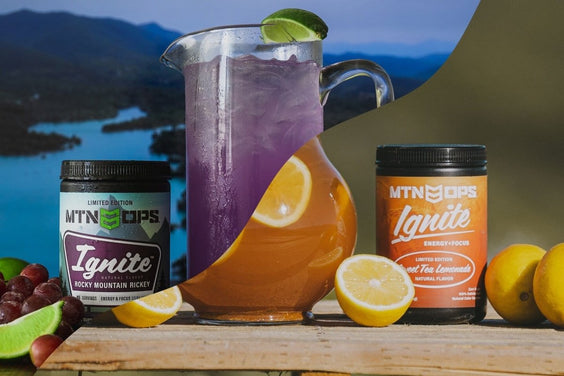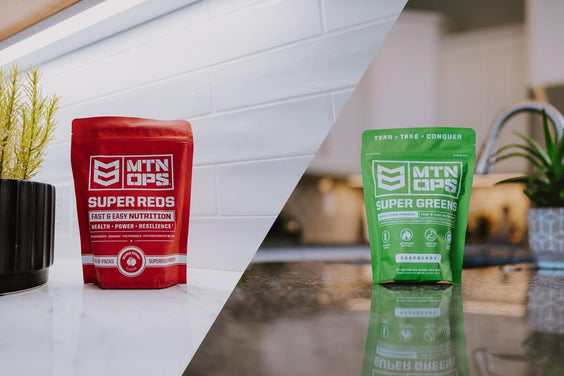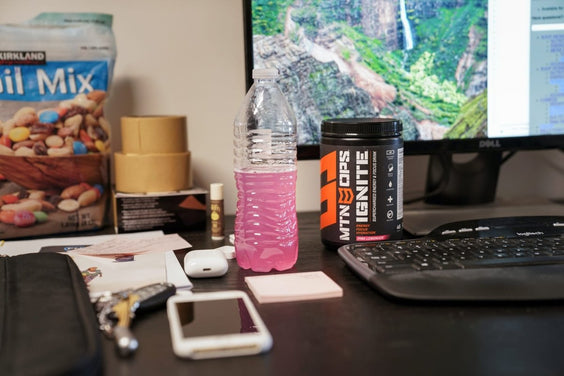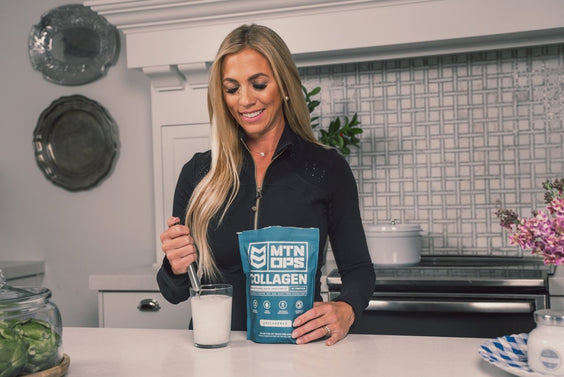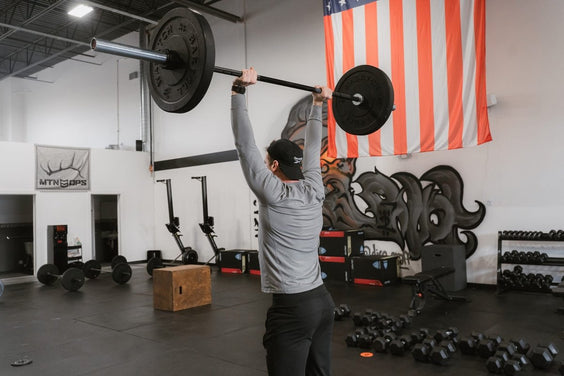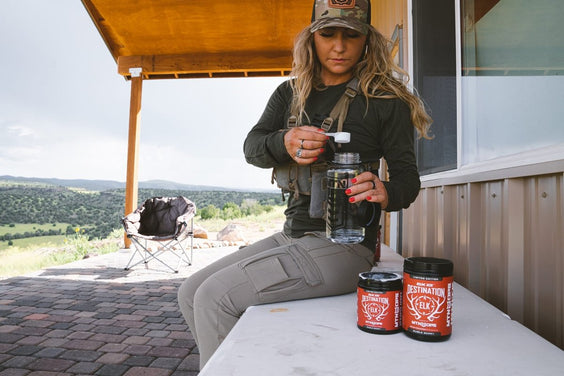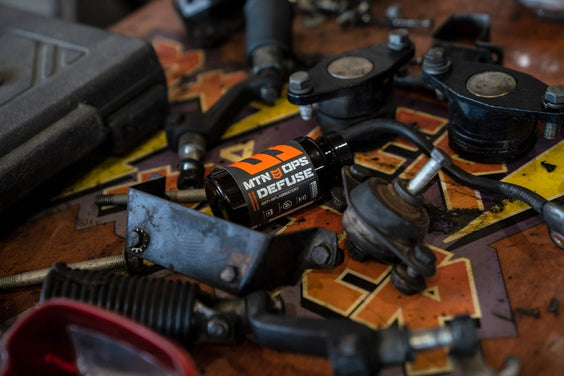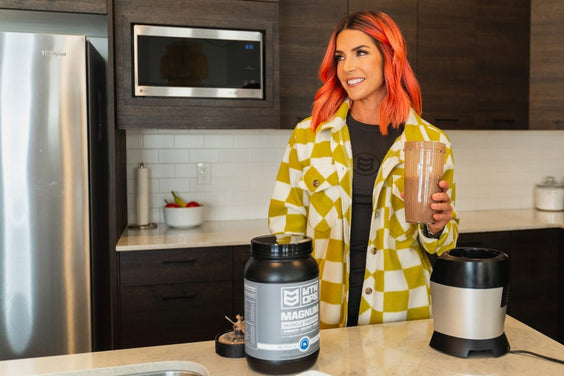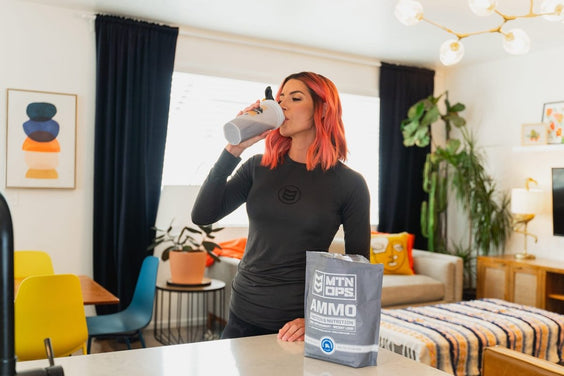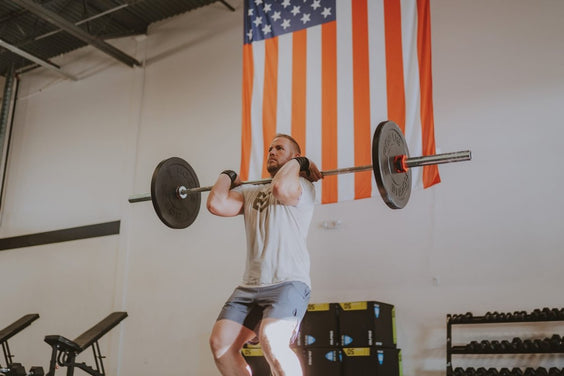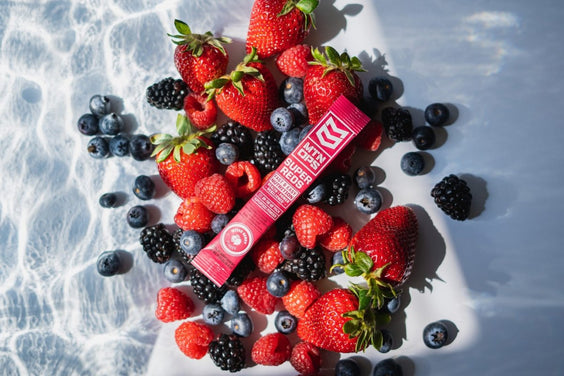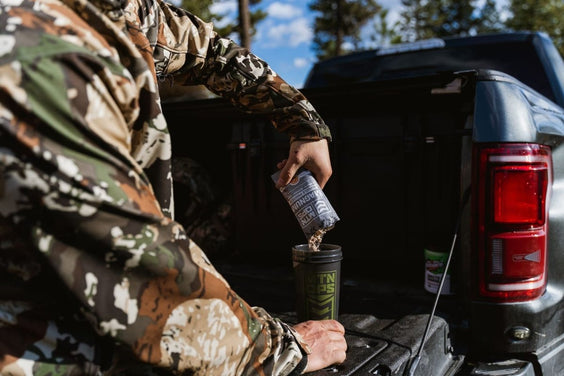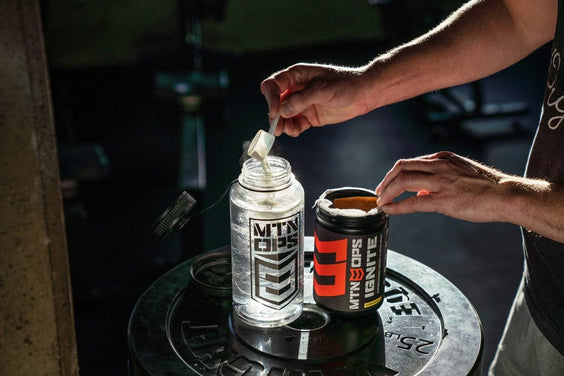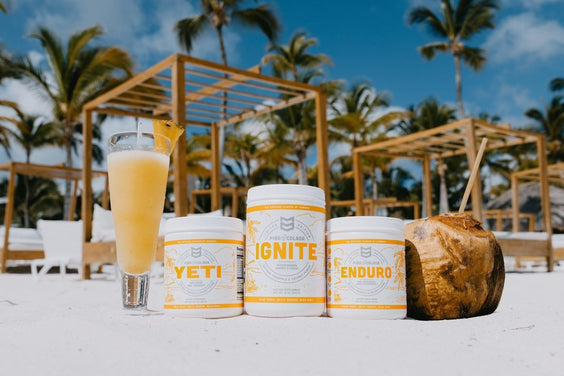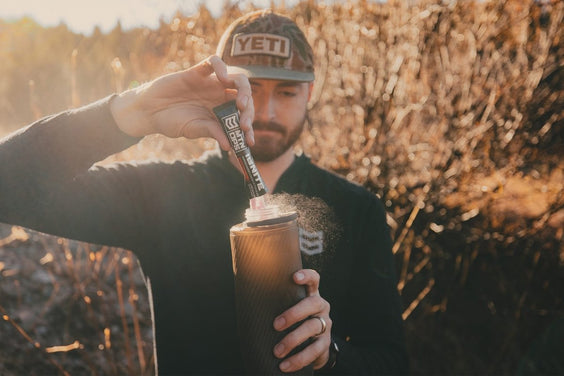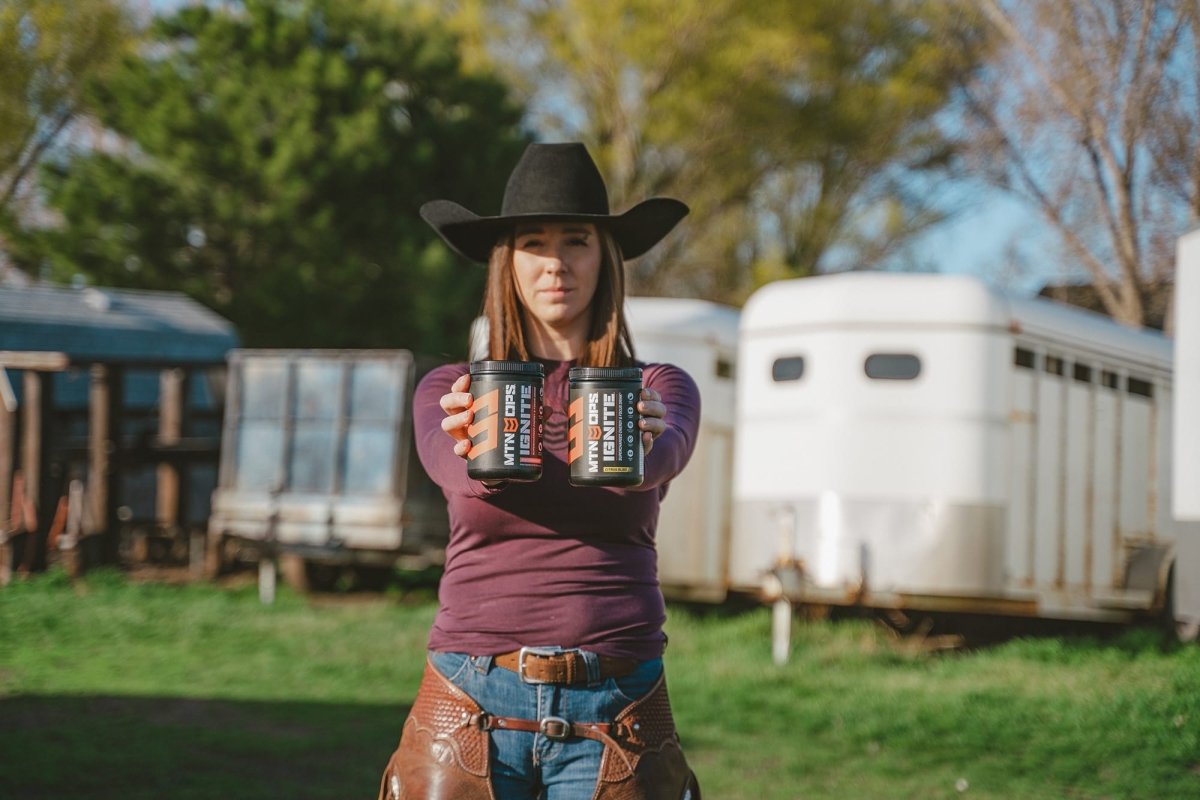
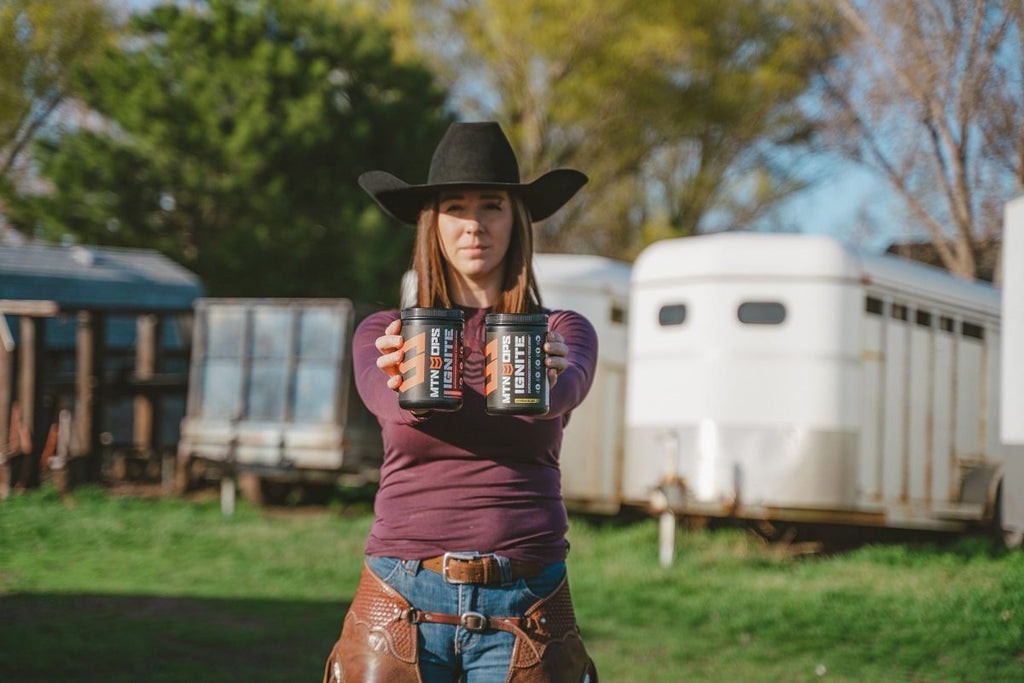
What To Look For In Energy Drinks
May 18, 2022
By Truett Hanes
Energy. Everyone needs it, not everyone has it. Real talk.
So, because you clicked on the title or saw this article pop-up in your google search, let's keep it short, because you’re probably on the clock at work or your college essay on energy drinks is due in less than 4 hours.
Here we’ll cover 4 key questions to ask when searching for your next Energy Drink..
Q1 - What are the ingredients in an energy drink?
Q2 - How much caffeine in an energy drink?
Q3 - Are sugar free energy drinks better?
Q4 - How do MTN OPS Energy Drink mixes compare?
Question 1 - What are the Ingredients in an energy drink?
Wait..? You mean they aren’t all the same? Newsflash.. Not all energy drinks are created equal. Aside from fancy pants cans with cool graphics and colors, they do have unique profiles and ingredients, which should be observed before popping the top.
Here’s the deal.. In an explosive market of energy drinks with millions of cans being consumed annually there’s more to a drink that is just tasting good. It has to perform.
While most people are searching for a morning kick in the pants or a mid-day “please help me stay awake during this meeting” the reality is that we want to ‘feel’ the energy, right?
So, what do companies do?
Bust out the top 2 ingredients to make you feel like you’re energized.. Caffeine and sugar. In some incredibly high doses at that.. If the two mentioned ingredients are listed within the first handful of ingredients found below the supplement panel on the back of the drink, you may want to consider something else. All things in moderation are okay.. But in excess.. No bueno.
To keep this answer as simple as possible, do a little research on the product you’re buying from the gas station or convenience store and make sure it’s more than just a week’s worth of sugar and caffeine you’re ingesting in a single can.
Less is always more when it comes to good energy.
Question 2 - How much caffeine in an energy drink?
Honestly, it depends on the drink, but how much you should consume is the most important question. If you’re chasing a morning protein shake with a tall cup of joe, chances are your body is probably pretty used to some high caffeine dosages and you’d fall into what the U.S. Food and Drug administration considers safe for healthy adults, which is 400 Milligrams of caffeine.
To put daily caffeine intake into a real world scenario, let’s suppose you enjoy a fresh coffee from your favorite local shop and a 16oz, or ‘grande’ as the cool kids call it, is your morning standard. On average, that coffee is going to provide you with roughly 200 mg of caffeine. Half your daily recommended serving.. By 8:00am..
If your daily habits entail a soda here and an energy drink there.. Possibly some pre-workout for the gym in the morning or late at night, hit the pause button on what you’re doing and make sure you’re not redlining your adrenal glands, which will eventually lead to you needing more caffeine to have any sort of impact at all.
Does it now make sense why most canned energy is absolutely loaded with caffeine and sugar? They want you to feel it. Copious amounts of caffeine and sugar will do the trick.. Because without those two ingredients in the vast majority of energy drinks.. you’d feel nothing.
Ultimately, excess in caffeine consumption is a slippery slope. Your body was built to build immunities and will develop a resistance to caffeine over time, requiring more of it to be used, which leads to a constant lack of energy, raging headaches, dehydration and other side effects that can impact daily performance and comfort.
Steer clear of overdoing it. Track your daily intake of caffeine for a week and see what you can give up to get back on track.
Question 3 - Are sugar free energy drinks better?
A valid question after we just talked about sugar being one of the main ingredients used in many ‘overdosed’ canned energy drinks.
One of the main reasons there is so much sugar in many canned energy drinks is that straight caffeine tastes horrible and high levels of sugar are used to mask the caffeine flavor. Combo that with some carbonation bubbles and they’re now okay enough to finish a full can.. sometimes.
So without sugar to cover the flavor, it’s important to know how companies can make these drinks taste palatable. The answer - artificial sweeteners.
Like everything, moderation is crucial in sweeteners and often artificial sweeteners are a great alternative due to being able to reduce the level of sweetener but amplify the overall flavor.
In short, less is more with artificial sweeteners and can often deliver a much better tasting product. Because let’s be honest.. No one wants to drink pond water for energy.
Question 4 - How do MTN OPS Products Compare?
MTN OPS set out to raise the standard of energy drinks. While you don’t get the slight satisfaction of the all too familiar ‘pppttssss!’ sounds, of opening an aluminum can, you do get all the energy and none of the non-sense.
Zero Sugar. Incredible flavors. Huge savings in a cost per serving comparison.

The best part.. Knowing that not all energy is created equal, we have a full line of diverse energy drink mixes from non-caffeinated, energy + focus blends and some pre-workouts that will “pump you up”.
Summary:
Everyone needs energy. Just make sure you keep it moderate, keep it healthy and make sure you’re finding ways to stay active, healthy and enjoying life.
